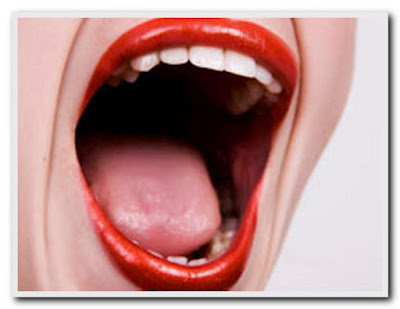Occasionally the sides of a cup can be discoloured as the tea is drunk. The problem can arise when elements of the tea react with elements of the water to form non-soluble compounds.
These compounds can take a couple of different forms:
One gives the appearance of a film on the surface of the drink (sometimes looks oily and sometimes dusty)
The other is to give the liquid a cloudy look (sometimes referred to as tea ‘cream’)
Some of the water compounds are more prevalent in hard water areas, so the problem is often worse in these areas.
The film on the surface can be deposited on the side of the cup and can be difficult to remove. Because of the ‘chalky’ nature of these insoluble compounds, we recommend cleaning with something slightly acidic – such as bicarbonate of soda, lemon juice or vinegar or something similar.
Source: www.shop.twinings.co.uk
Image: www.mi9.com
These compounds can take a couple of different forms:
One gives the appearance of a film on the surface of the drink (sometimes looks oily and sometimes dusty)
The other is to give the liquid a cloudy look (sometimes referred to as tea ‘cream’)
Some of the water compounds are more prevalent in hard water areas, so the problem is often worse in these areas.
The film on the surface can be deposited on the side of the cup and can be difficult to remove. Because of the ‘chalky’ nature of these insoluble compounds, we recommend cleaning with something slightly acidic – such as bicarbonate of soda, lemon juice or vinegar or something similar.
Source: www.shop.twinings.co.uk
Image: www.mi9.com
































